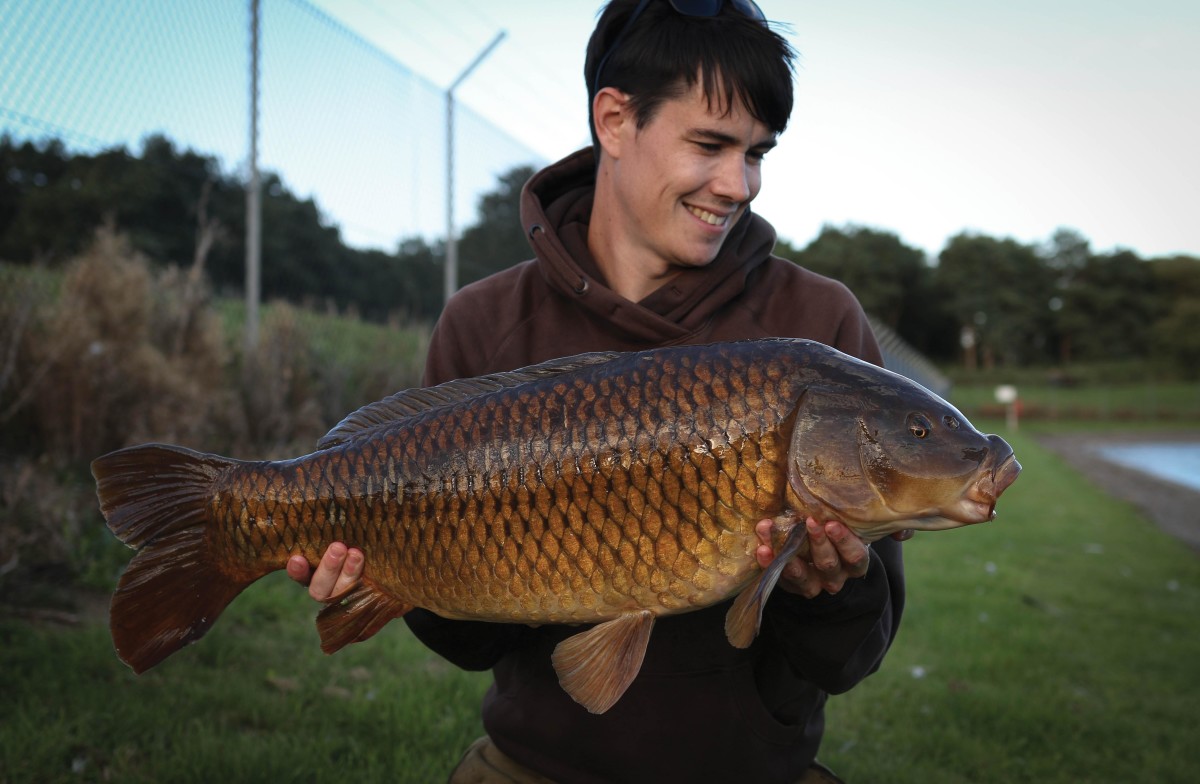
'Don't Get That Rod Back Out!' Even If The Swims's Rocking...
The spot’s rocking and you’re rolling, but is whacking a rod straight back out always the right option? Jack Reid thinks not
For most of my angling up until around 2016, I’d always liked to spread my two or three rods out. I’d see them all as individual little exciting traps in their respective zones that I’d chosen. Whether they were tight to the far margin, flicked down the edge or out in open water, the spots all had one thing in common: they oozed potential! Well, fishing one particular water saw me turn that upside down and adopt a bait-heavy, concentrated-rod approach, but with a bit of a twist: not always re-casting after a bite…
Rewind to the beginning of the ‘on and off’ campaign, and whilst I’d had a dabble on this unusual urban water a few times in the past, I’d never given it a consistent go. It was local to me and I’d caught the odd fish - one was on a single (which happened to be the biggest fish in there at the time), and one was over a scattering of bait - but the place felt tricky and I didn’t feel like I was making a dent. I decided, therefore, that I was going to pay a good few visits before the end of summer.
To paint a picture of this non-typical venue, it is a boating reservoir surrounded by a human-grade fence, and grass banks with gnarly, concrete slopes. The bottom of the lake is fairly uniform and silty, and to someone stepping onto the place for the first time, you can see how they wouldn’t know where to start. There are multiple buoys on ropes to navigate, and a set of pontoons that are an obvious fish-holding feature, but these, if fished incorrectly, are dangerous. If you want kingfishers and lily pads, then this is not the place for you!
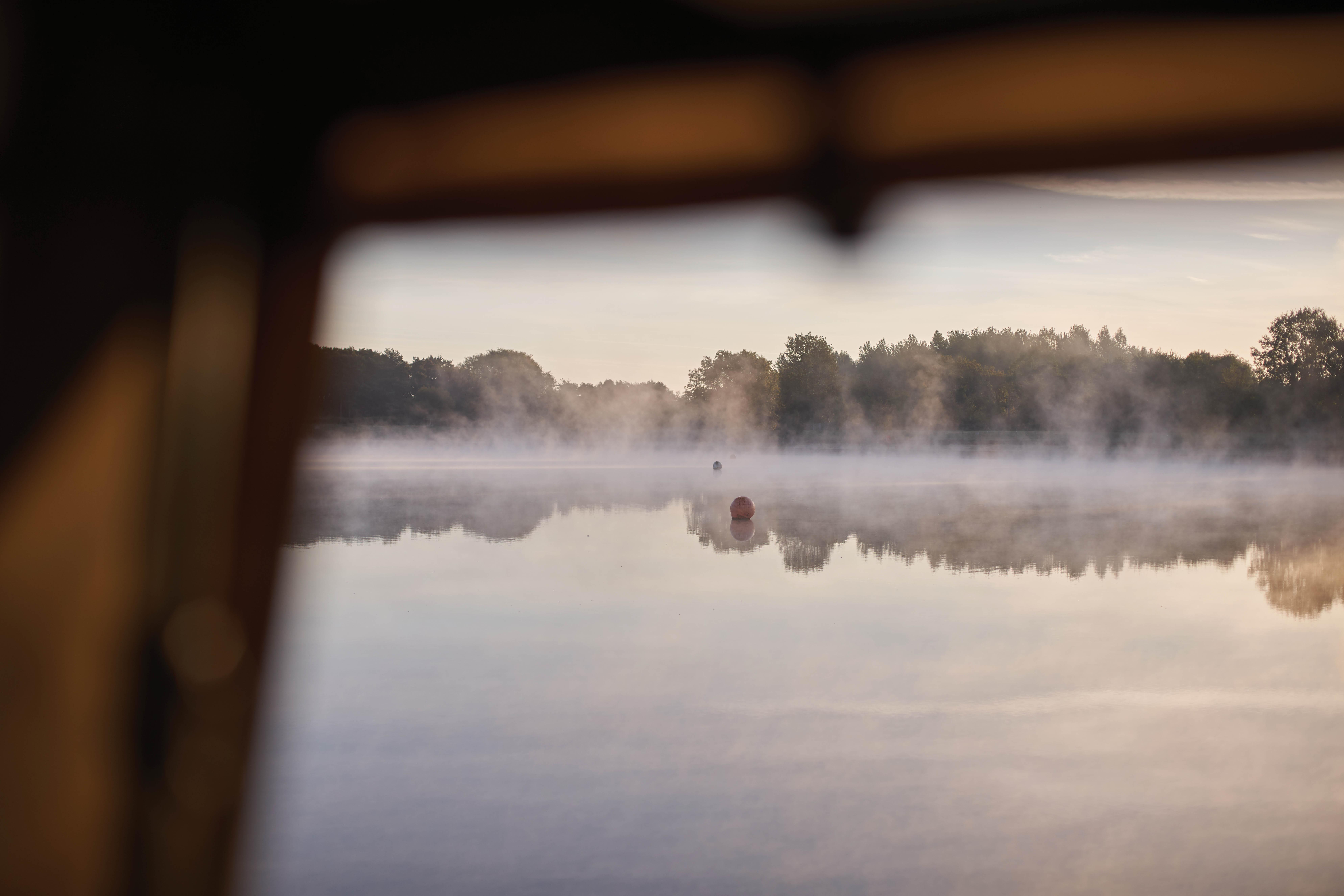
Around that time, using lots of bait in one go had come up a lot in conversation with some angling mates who had more experience than me. It sounded exciting, and I liked the idea of going ‘all in’, as if it was a gamble that I was told could often pay off big time! In terms of a hit of bait, we are talking in the realms of a whole bucket of maize, tigers or something! I wasn’t going to go that big every time, as the Spomb would be my only way of baiting up, and given that the venue was ‘days only’, I probably needed to be a bit more measured; after all, the more successful anglers there were margin-creepers, or were catching with a little PVA Stick or similar.
The First Hit
The first time I tried the big-baiting approach, I headed down on a summer’s evening, feeling a bit embarrassed going past a familiar face who was fishing light as a feather kit-wise, trying to winkle one off the top. I, on the other hand, had a barrow loaded with rods, enough water to hydrate a small army and big buckets of bait! I’d chosen an area receiving the wind and proceeded to Spomb out a bucket-load of boilie and tigers into the silty depths. It took a good while to get the majority of the bucket out there in the boiling heat, with the odd set of shoulders and bow waves visible on the surface down the lake. I flicked out three pop-ups over the area and sat back to enjoy the evening, knowing that I was coming back in the morning.
In all honesty, I felt more confident about the morning, given that there were a lot of food items now in the swim. Roll on a few hours and the first rod was away, which was a surprise, given that I’d not seen any shows or fizzing over the spot, but seeing as there was a gentle ripple on the lake by this point, I’d likely not see bubblers anyway. After a surging fight in the deep water, I landed a lovely long common, and just after I had photographed and returned it, the other rod was away, resulting in a belting mirror. By this point, I was grinning from ear to ear and singing the praises of big bait hits, even if Spombing it all out there was sweaty and a bit tedious!
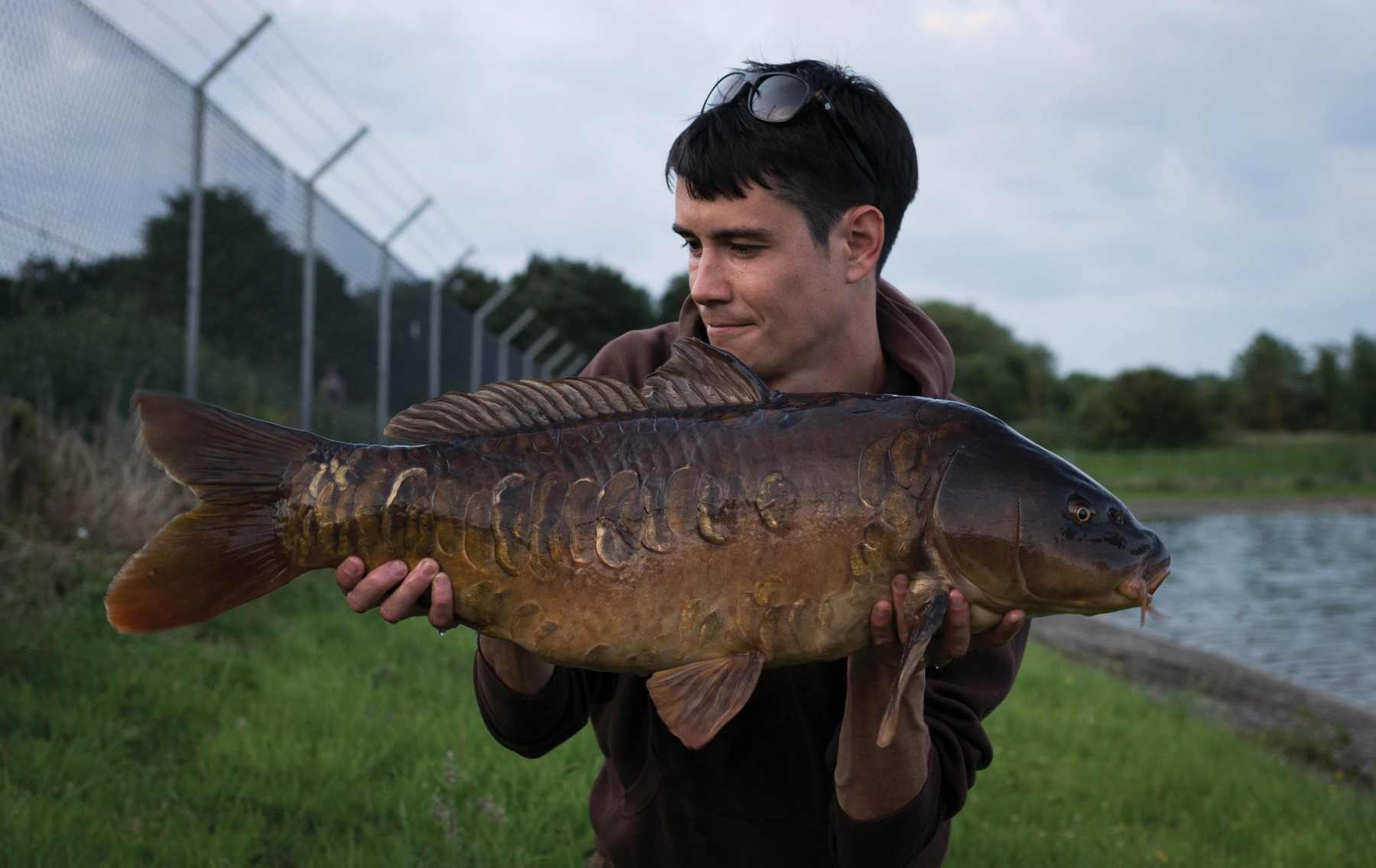
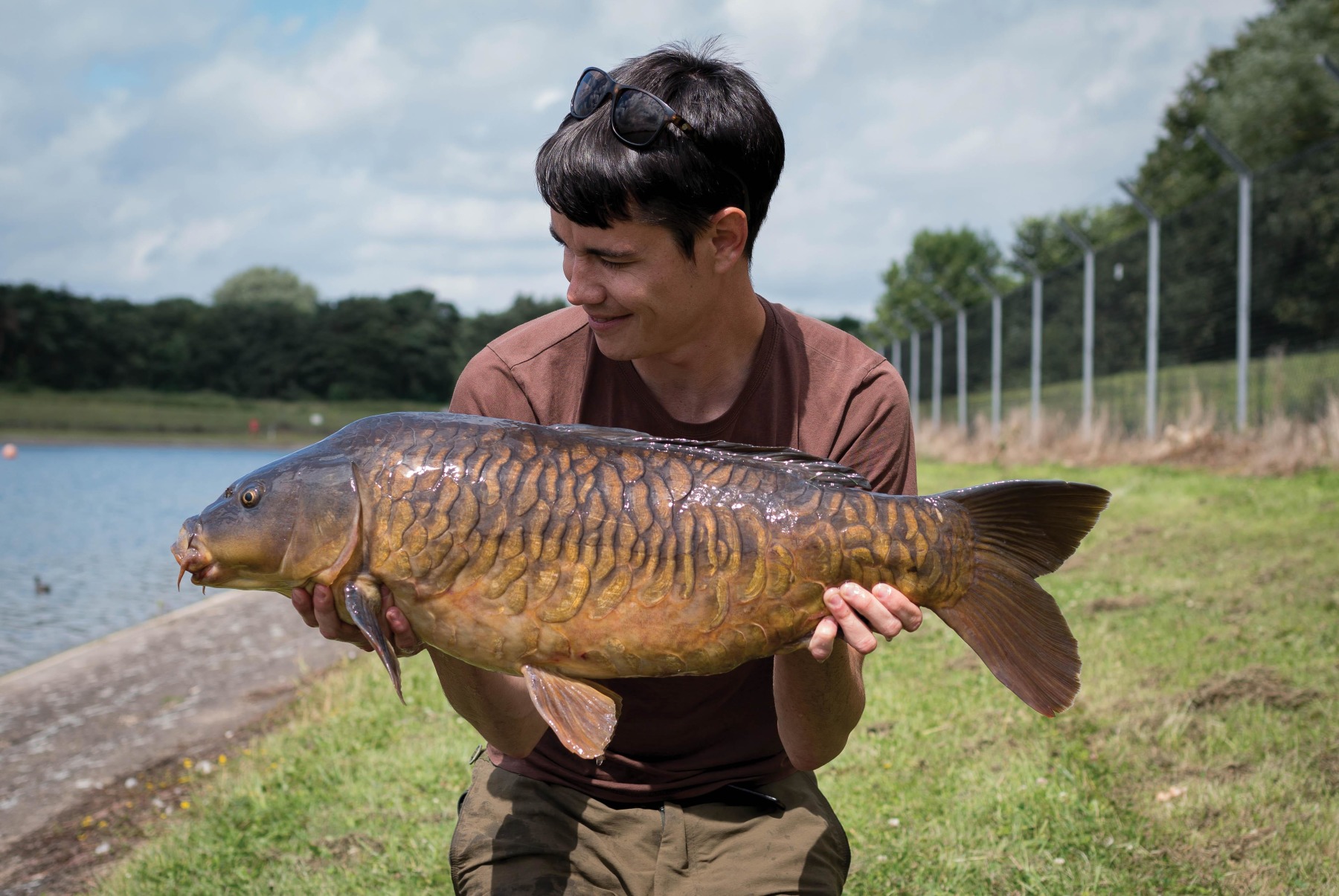
That evening finished up with me losing a good fish just on dark. It was a wart on the face of a good short session, but I’d had a right result regardless, and was fresh-eyed and back at first light. I knew the fish were on the bait. I’d put out a dozen more Spombs before heading home the night before, so I’d have a good chance of a bite just flicking out singles. I wanted to generate a bit of a hit like the day before, however, so baited with a half bucket of bait straight away. That morning, it went off again, with multiple fish coming to the net, mainly smaller ones or a bit spawned-out, but nobody can complain with multiple double takes! One thing that was apparent, was that after a re-cast or two, the action was definitely set back a bit, something we’ll come back to later.
Getting Stuck In
By this point, I was a one-trick pony, and proud of it! I’d managed to get in a few similar trips and the summer was coming to the end. Being busy with work and with other fishing going on, it ended up being the following summer that I returned. I’d moved back from Essex, to Oxfordshire, and was now only 25 minutes from the lake, with an effective fishing approach that I really enjoyed. This time, I was not only going to be giving them good hits to generate a response, but would be putting it in similar areas - I’d effectively be pre-baiting whilst I was fishing!
The lake wasn’t an overly busy venue at the time, but being very open, there wasn’t much chance to be discrete about where and how you were fishing. I decided at this stage, that I would choose a spot at a distance beyond most people’s comfortable range, and focus on this for my hits of bait - and hopefully hits of carp too. I chose the same swim on virtually every trip, unless someone was in the spot, and even then I could cast to my chosen area from another bank with a good chuck, so I was nearly always able to get rods onto the zone.
Once spawning was out of the way and the fish had had a bit of a chance to recover, I was locked on to the lake, trying to do short sessions whenever I could squeeze them in. Each trip would begin with a good hit of bait, with three potent pop-ups or bottom baits over it. It didn’t take long… I was soon catching most trips, and the fish were all pretty special ‘concrete critters’!
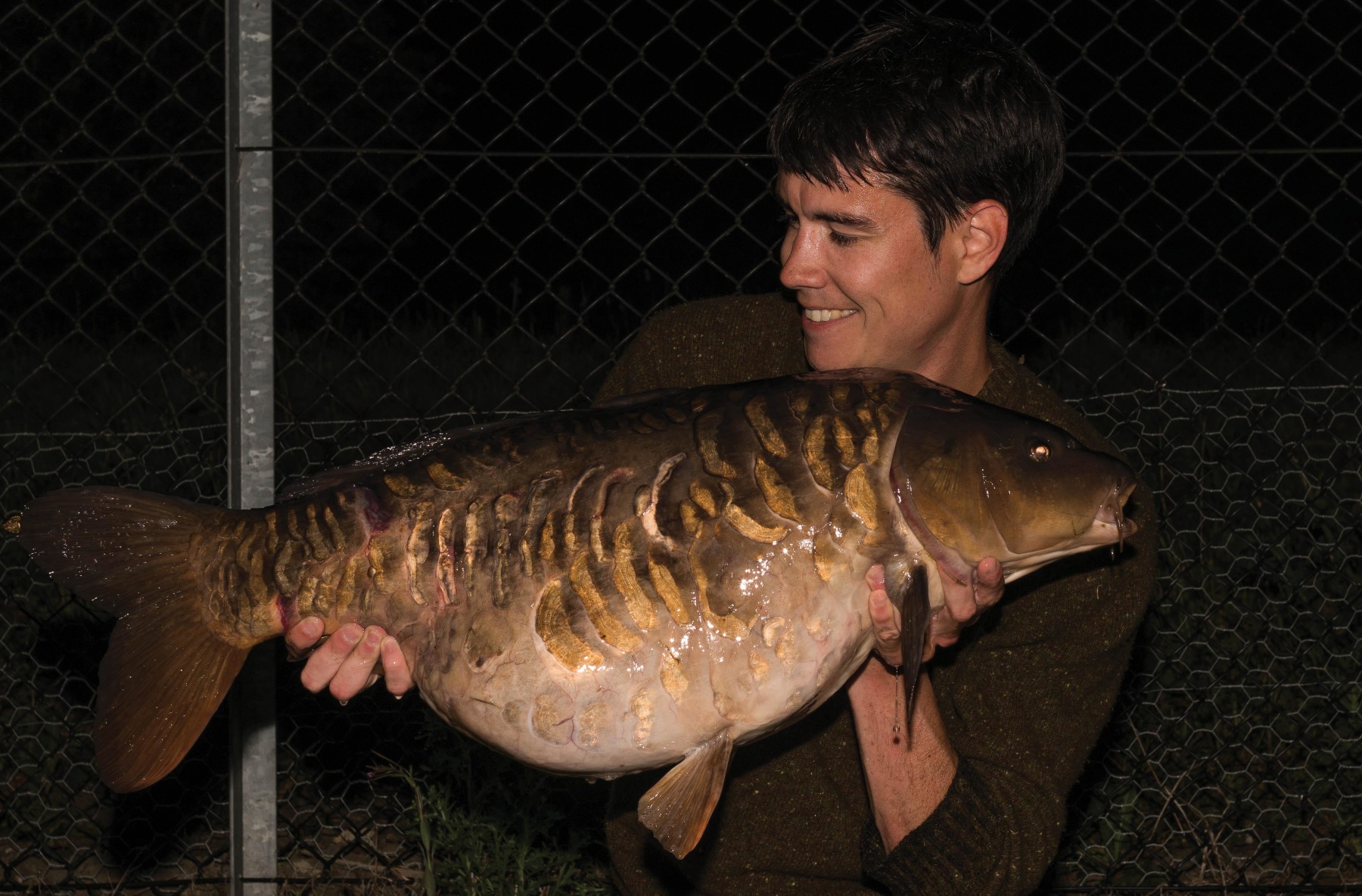
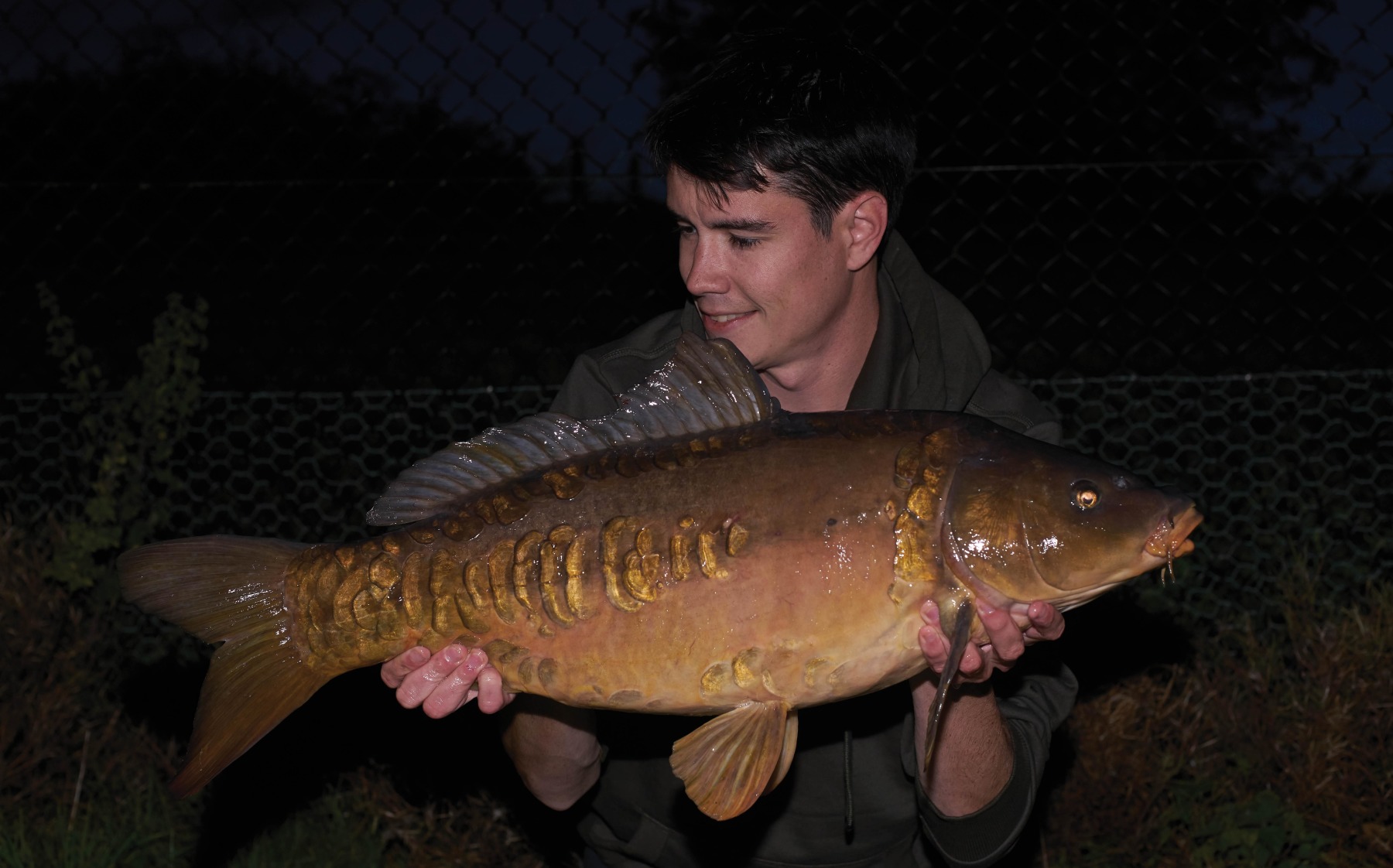
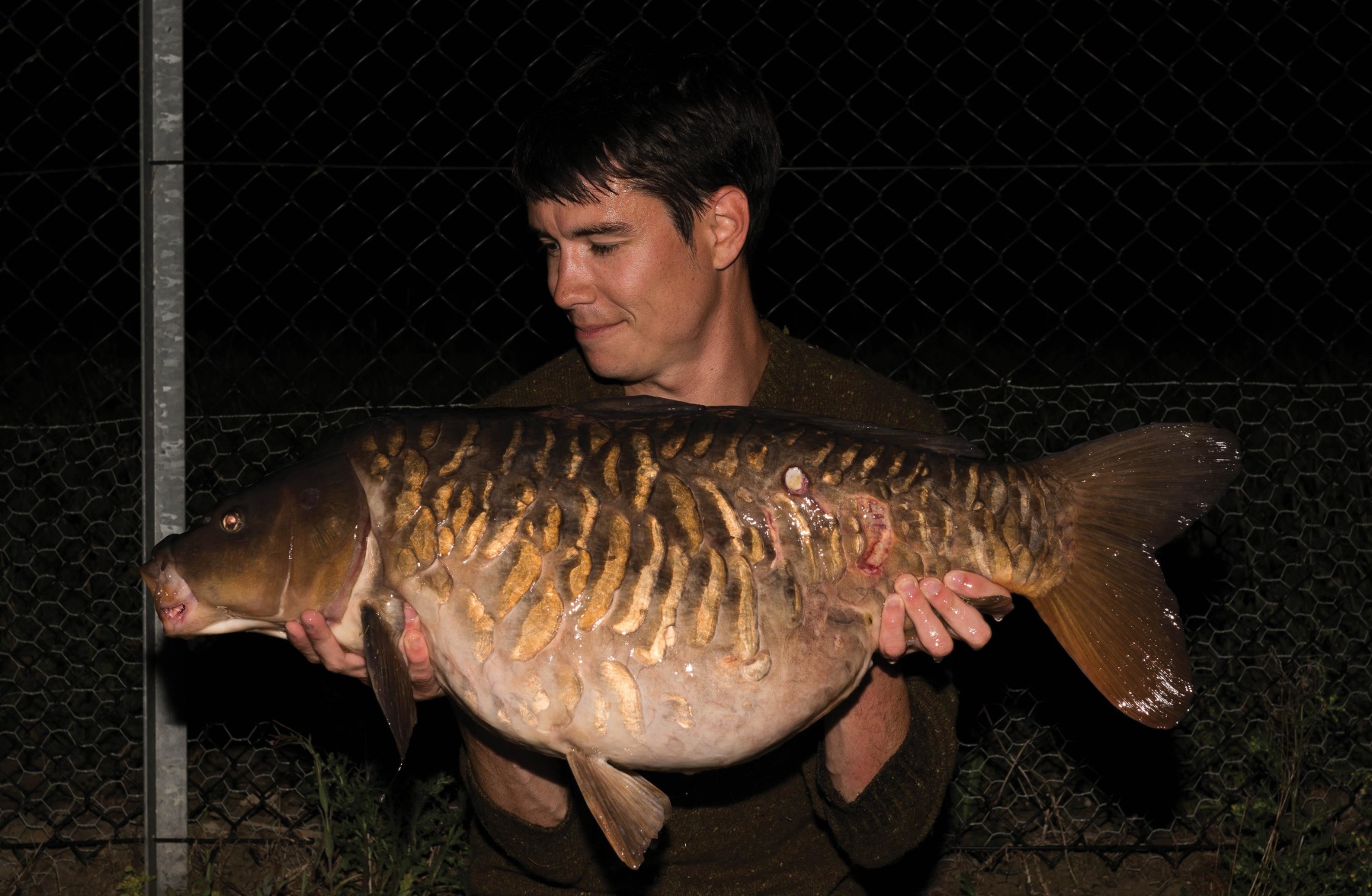
The pattern was emerging already: at almost any time of day, you could force a bite if you used a massive hit of attractive bait. I visualised numerous groups of fish moving around the venue, maybe in groups as small as three, and right up to double-figures. Fishing a smaller scattering of bait, it was quite easy to see how these fish wouldn’t bother dropping to feed in the deep water in the summer. With a big carpet and possible competition kicking in, however, the fish would feed in numbers. It was also clear that as the evening and last light set in, the fish were happiest to feed aggressively. You’d potentially get numerous bites, and this would leave you flustered, result in your rods laying around, and you’d have full nets just as it was getting dark.
Given that there was no fishing overnight, and that the evenings were prime time for bites, I wanted to catch as many fish as was possible each visit, in order to wade through the numbers in an effort to bank some of the bigger and rarer ones. It’s an oft-used phrase in carp fishing, ‘Get the rod back out!’ It is obviously true, that if something is working, then you want to get that rod back on that spot as quietly and accurately as possible. This situation, I felt, bucked that trend. I found that a cast or two over the top of these fish was likely moving them on, or causing an unnecessary disturbance.
Down in the deep, dark, silty depths, a group of a dozen carp trashing a spot is probably pretty chaotic. A lot of the time, it isn’t clinical as we might envisage, and huge clouds of silt and debris will mean visibility is almost zero. Amongst this chaos, fish can easily be hooked and moved away from the spot with minimum disruption for their friends, who may well carry on none the wiser.
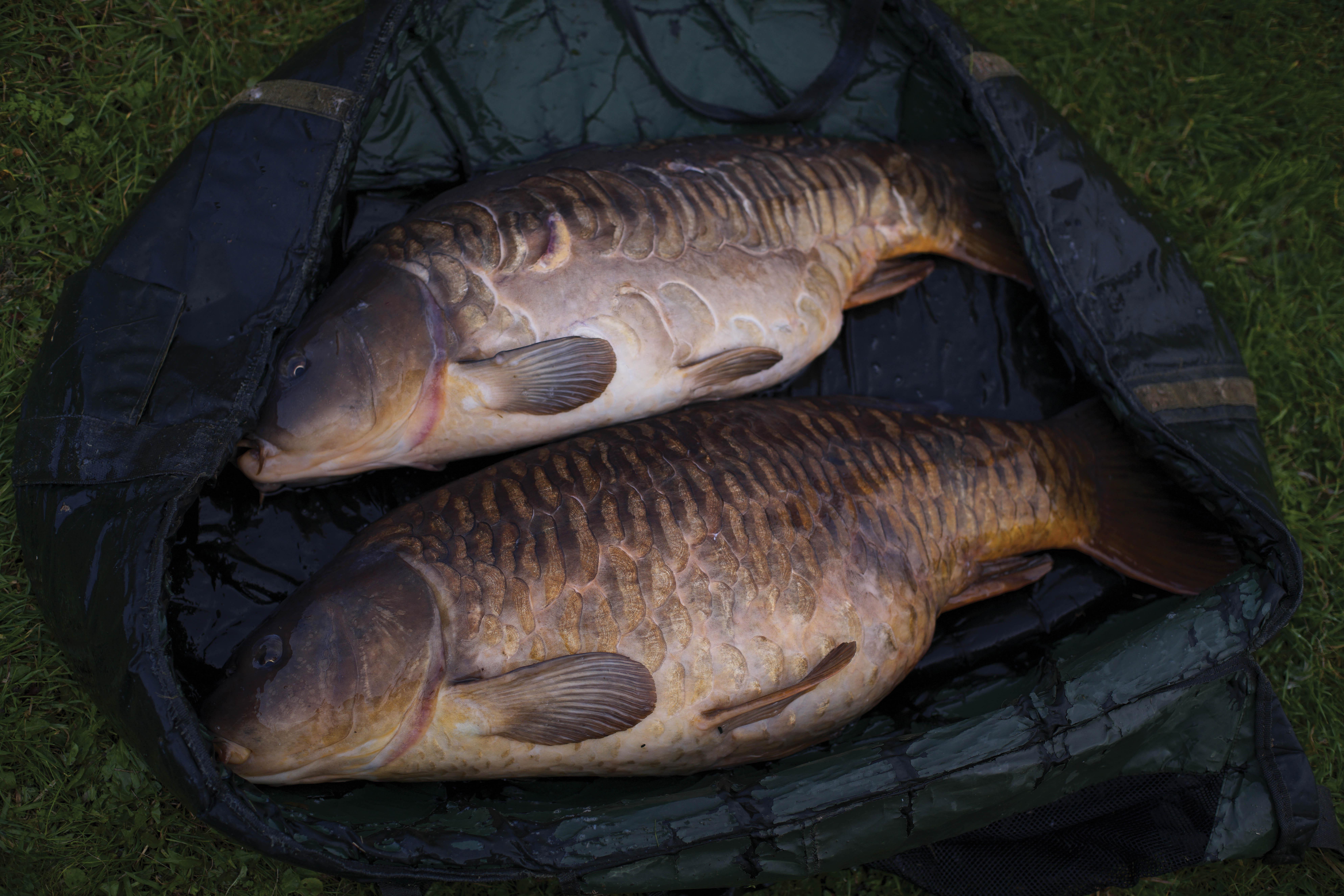
With the bright evenings of summer, you might be sitting over your bed of bait until 6 or 7 p.m., before the chance of some real action sets in. Even then, within a few hours, you’d be losing the light and packing down. If I had a decent group of fish visiting and feeding on the spot and whittling away at the bait, it started to make sense not to risk spooking them off by chucking 3.5oz leads over the area every time I caught one. Of course, at closer range I’d be able to get away with a light lead, and this whole theory would be for the birds. Given the range at which I was fishing, however, I needed a proper lead, so eventually I took the risk.
I sat patiently through late afternoon and into evening, absolutely brimming with confidence as I waited for one of the rods to rip. The spot was truly rocking and receiving a good hit of bait every few days, with undoubtedly plenty for them to feast on whilst I was away. When I finally got that first bite and the fish had been photographed, I would put the rod away and snub any urges to top up the swim with the Spomb. More often than not, I’d manage a bite on each rod before it was pitch black. Would I have got more if I’d re-cast each time? Possibly. But it didn’t seem that way, and I was quite happy taking up to three fish a session, and was getting amongst some lovely characters.
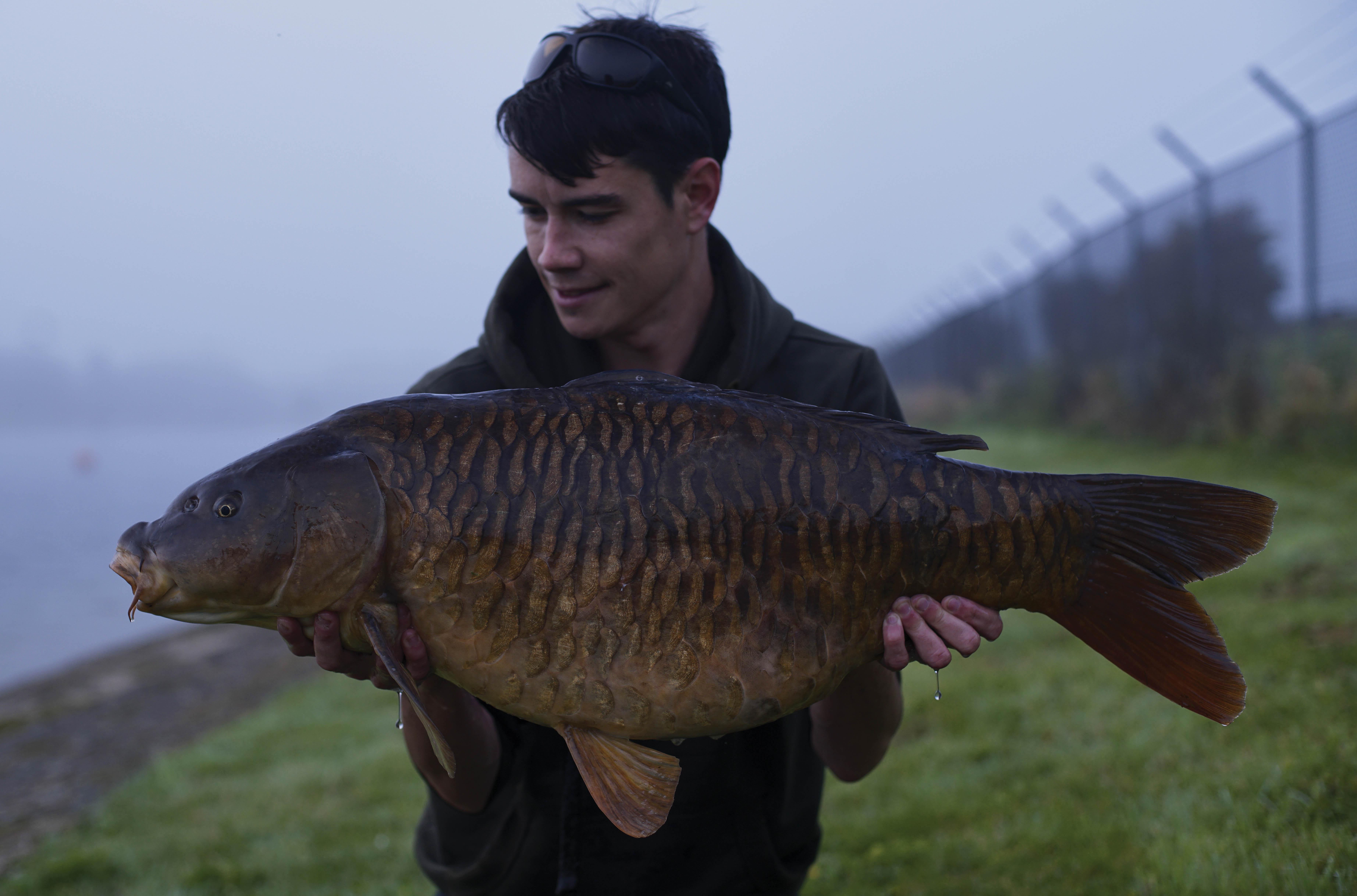
This approach obviously is not suitable everywhere. On a highly stocked venue, you most definitely want the rods back in the water as soon as possible. However, on medium- to low-stocked venues, when you get a bite, it really is worth thinking about whether you are killing your chance of a second bite by re-casting to the spot and perhaps spooking feeding fish away. On lakes that are very ‘spotty’, then you may also want to get that rod straight back out. We’ve all known places where you can have three rods close together and only one of them ever goes, but on lakes where you feel all three rods are all pretty ‘in the mix’, then it is well worth a try. On more challenging waters, I’ve experienced this in recent times too, most notably after catching a lovely fish and having two attempts to cast back out onto the spot. I stopped the lead in the air both times, because I knew the casts were inaccurate. Hey presto, all of a sudden, another rod ripped off! In that moment, I was overjoyed to be a rubbish caster that day! If I had allowed those failed casts to crash onto the crystal-clear, shallow spot on a low- to medium-stock water, no way would the group of fish have carried on feeding, and I’d have been none the wiser of the chance about to unfold.
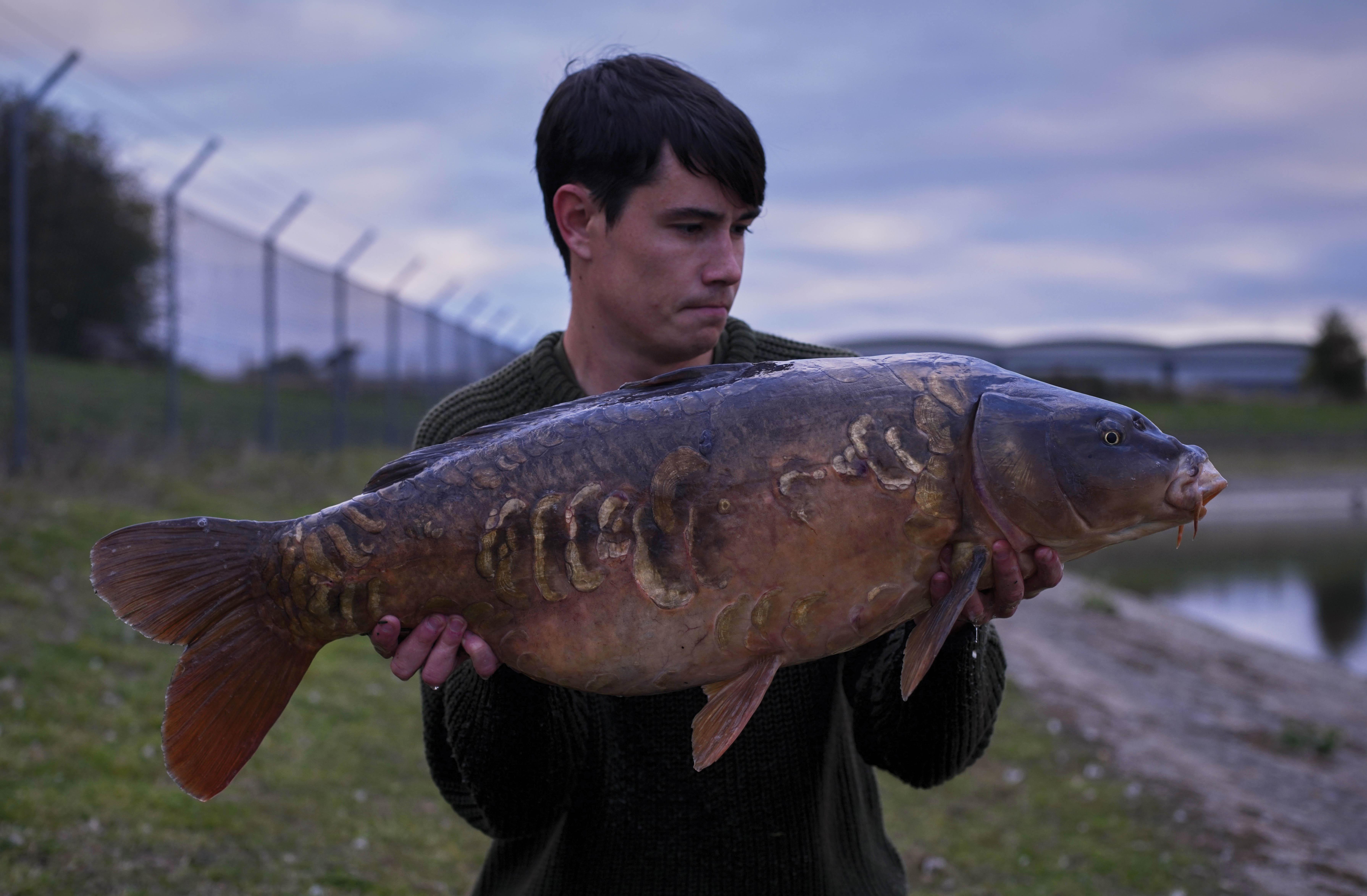
Truly Bedded In
As for the urban sailing lake, things continued in this fashion until the end of the autumn. It was lovely not to be chasing fish about, constantly thinking about new areas and scenarios. I was well and truly bedded in, and I must’ve had almost thirty fish in total during the time I was fishing there, including most of the bigger fish and plenty of rare visitors to the bank.
Even on the technical front, I fished almost the entire time with helicopter leaders, with either a simple split shot pop-up rig, or a Ronnie Rig, a pink Baitworks Sea Monster pop-up, and always had a mixed bucket of tigers and Atlantic Heat on the barrow.
If I am not on an intimate water that requires that I go in a little more gently, then after this experience, my go-to approach seems to be based around this idea of trying to get more than just one bite from a feeding spell. Don’t get me wrong; I’ll be happy with a bite like any angler, but if you can make a one-fish session into a two-fish session, then when you are sitting in the warm at Christmas, flicking through photos of all the fish you had that year, you’ll be surprised the difference it makes! Just remember, sometimes it doesn’t always pay to whack that rod straight back out!
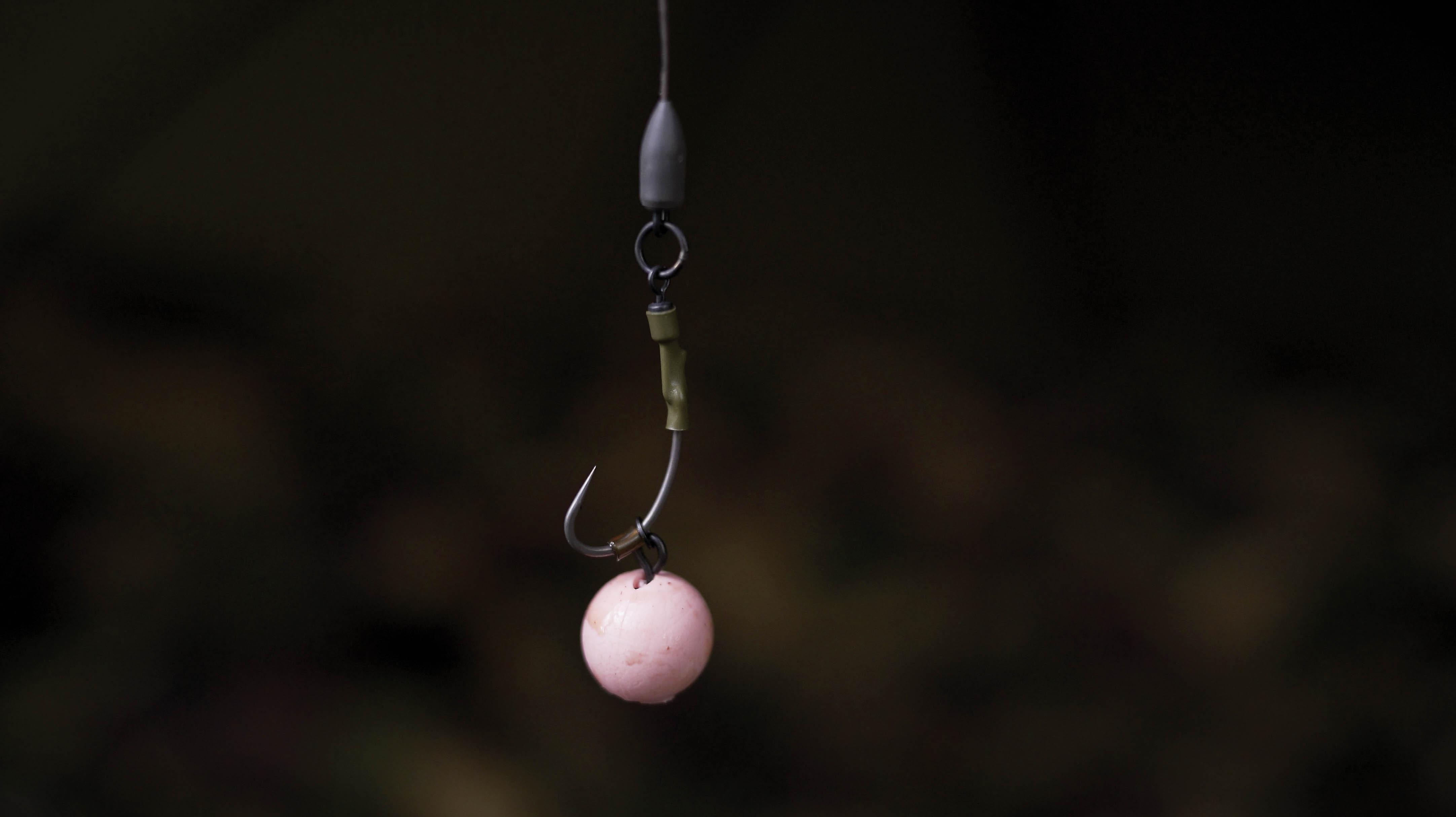
The new OlogyFix Vol.2: The Pros Rigs and Bait Mixes is on-sale NOW! 𝗕𝘂𝘆 𝗛𝗲𝗿𝗲 ➡️https://bit.ly/3gW2on5



